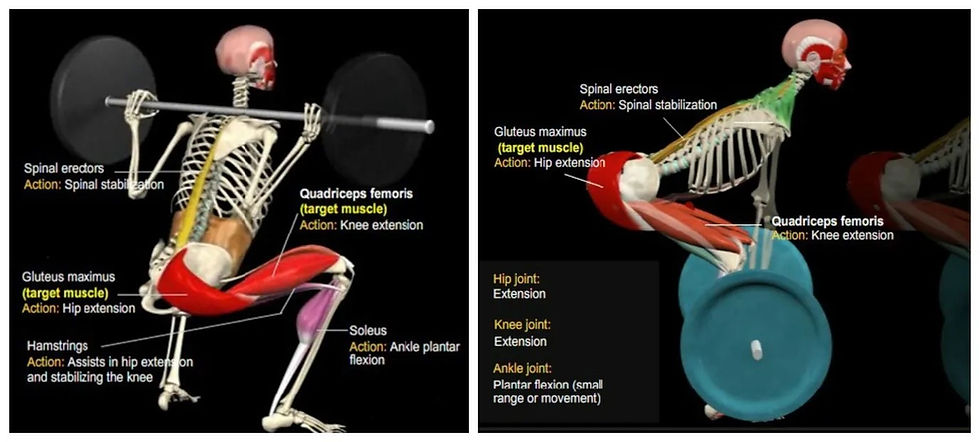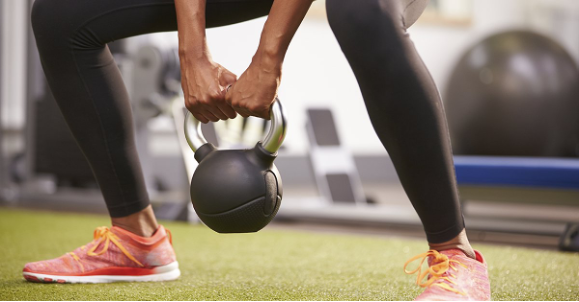LOWER BODY TRAINING: BILATERAL PATTERN
- Oct 4, 2022
- 2 min read
FUNCTIONAL LOWER BODY TRAINING SHOULD BE MAIN EMPHASIS IN A QUALITY TRAINING PROGRAM.
The first thing when planning lower body training program is learning to body weight squat. Often athletes who squat poorly are encouraged to do squats with weight but instead they should go to the basics of squatting. If the athlete does poor technique squats under load he is adding strength on top of movement dysfunction. The bilateral squat is probably best learned as part of warm-up.
LOWER BODY STRENGTH TRAINING CAN BE DIVIDED INTO KNEE-DOMINANT AND HIP DOMINANT.
There has been a long debate about the difference between a squat and a deadlift. Old authors and trainers defined deadlift when the weight is in the hands and squats when the weight is on the shoulders. New authors and trainers now have definition of a deadlift having deep hip movement with minimal knee bend and a squat having deep movement of the knees and hips. In a powerlifting event, the deadlift will always be the lift picked up from the floor. In modern sport performance programs hip hinge with minimal knee movement is a deadlift and shared knee and hip movement is a squat.

BODY WEIGHT SQUATS CAN BE USED TO ASSESS MOBILITY IN THE HIPS AND ANKLES, FLEXIBILITY IN THE HAMSTRINGS.
Ahtletes who cannot body weights squat to a position with the thighs parallel to the floor tend to be deficient in one or more of the above mobility and flexibility issues. Proper squat patterning involves teaching the athlete to keep the weight on the heels. It is a mistake describing squatting based on the knee angle (90 degrees). The goal is where the femurs are parallel to the floor. The athlete must be taught to perform a body-weight squat in a manner that minimizes range of motion at the ankle and maximizes range of motion at the knee. Less flexible athletes can use heel elevation. If body weight squats don’t produce acceptable technique deloading can be done with any suspension device (TRX, rings).
After mastering the body weight squat or suspension squat athletes can proceed to goblet squat (dumbbell or kettlebell) and feet elevated dumbbell/kettlebell deadlift. The last progression would be trap-bar or hex-bar deadlift.
In the goblet squat the weight (dumbbell or kettlebell) is held upside down by one end. Holding the weight in that position turns on the core and upper body stabilizers. It’s preferable to use dumbbells instead of kettlebells to get good contact point.
Next progression after athlete can master big weight (around 100-120 pounds) would be elevating the feet on six inch box to increase range of motion.
TRAP BAR DEADLIFT IS LAST PROGRESSION AND GREAT INVENTION CAUSE IT ALLOWS A DEADLIFT ACTION WITH DEEPER MOVEMENT IN THE KNEES AND HIPS.
It allows bilateral total body exercise that is safer on the back. The shape of the bar allows the athlete to be inside the bar and stand up with the weight.








Comments